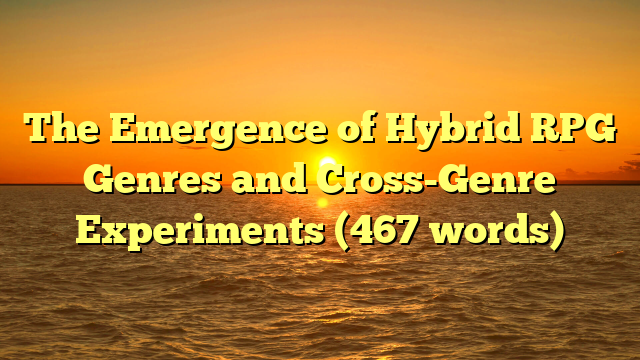Hybrid RPGs reflect the genre’s adaptability and willingness to evolve by blending mechanics from multiple gameplay traditions. Early RPGs were raja toto88 distinct—turn-based, stat-heavy, and heavily narrative. But as gaming diversified, RPG elements began merging with other genres, creating entirely new experiences.
Action RPGs were the first major hybrid form. Secret of Mana and The Legend of Zelda introduced real-time combat to traditional RPG frameworks, emphasizing reflexes alongside strategy. This approach paved the way for modern ARPGs like Dark Souls, Nioh, and Elden Ring.
Strategy RPGs emerged as another hybrid, combining grid-based tactics with character progression. Fire Emblem, Disgaea, and Final Fantasy Tactics popularized this blend, offering deep strategic layers atop emotional narratives.
During the 2000s, shooter-RPG hybrids rose to prominence. Mass Effect integrated third-person shooting with dialogue choices and skill trees, while Borderlands fused FPS action with loot-driven progression. These games showed that RPG mechanics could strengthen virtually any genre.
Roguelike hybrids also surged in popularity. Hades, Dead Cells, and Slay the Spire blend procedural generation, permadeath loops, and incremental meta-progression, redefining replayability.
Today, hybridization is the norm rather than the exception. Farming RPGs like Stardew Valley, survival RPGs like Valheim, and social-simulation hybrids like Persona demonstrate the genre’s broad reach. RPG mechanics—stats, quests, growth, choice—are now universal tools used to enrich gameplay across countless genres.
Hybrid RPGs continue to shape gaming’s future by pushing boundaries and redefining what an RPG can be.



